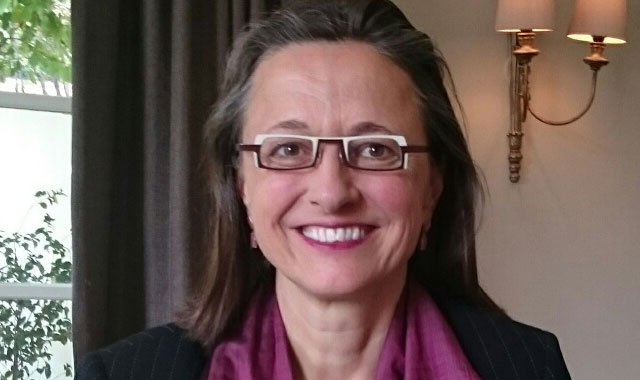
You would be forgiven for thinking that Xerox is just a photocopier company. After all, “xerox” became a verb in the 20th century, meaning “make a copy”.
Actually, the copier business is only a small part of what Xerox does today. And the business, headquartered in Connecticut in the US, is keen to play a stronger role in inventing and developing new technologies, says chief technology officer Sophie Vandebroek.
Vandebroek, who was in South Africa for a brief visit last week, says Xerox is now focused on capitalising on trends such as the “Internet of things” and “machine intelligence”.
The company started out managing photographic paper — it produced the first xerographic image in 1938 — with its breakthrough success being the Xerox 914, the world’s first plain-paper photocopier, launched in 1959.
But Xerox is perhaps best known for the work done by its Palo Alto Research Center (Parc) in Silicon Valley, which is credited with inventions such as laser printing, the graphical user interface, object-oriented programming, the computer mouse and Ethernet.
The problem is that Xerox Parc wasn’t terribly good at monetising its inventions, leaving that to companies such as Apple and Microsoft.
But Vandebroek, who has worked at Xerox for almost 25 years — and as chief technology officer for the past 10 — says the company continues to invest in research and development in cutting-edge technologies.
Indeed, she leads research teams at Parc and its facilities in Canada, India and France.
Health care is one area of focus for Xerox’s inventors. For example, the company has developed an imaging system that allows doctors to determine a patient’s health by using image processing to diagnose vital signs remotely.
The company has a big focus on the transportation sector, too, providing parking management, public transport ticketing and toll-booth services in 24 markets.
It’s developed “city dashboards” through its ticketing systems that show when people get on or off buses, for example, and can use this data to determine traffic flow of public transport, helping cities better determine how to change or grow their transport systems.
The company has also developed a cloud-based marking system that scans school pupils’ test results and marks them — taking away all the slog for teachers. It offers personalised reports for each pupil and determines where focus is needed by pupils and teachers. The system has been tested in some US schools and children have reacted well to it, says Vandebroek.
Female leadership
Although she was in a leadership position in the technology industry long before Facebook chief operating officer Sheryl Sandberg and Yahoo CEO Marissa Mayer made waves, Vandebroek downplays her role as a woman leader in the sector, saying Xerox has championed the cause of women and minorities for decades.
“Xerox has had many women engineers over the years and we’ve created an inclusive environment where they can feel at home. Our focus is on coming up with solutions that make a difference to the world and I am privileged to work for a company in which I did not have to be a trailblazer.”
Indeed, Xerox is led by women. Its CEO is Ursula Burns, a black woman. — © 2015 NewsCentral Media




